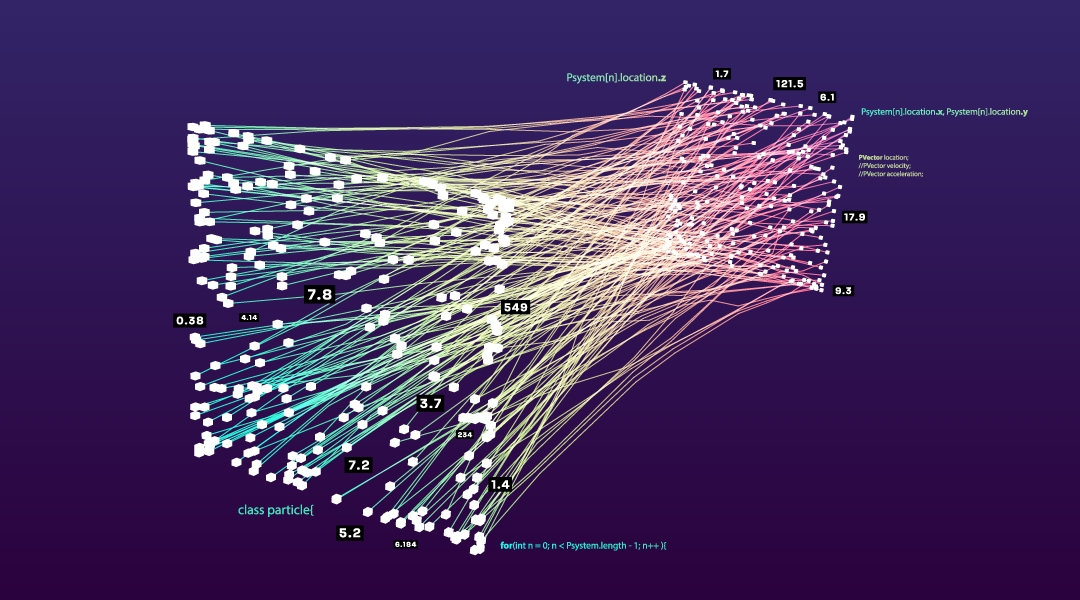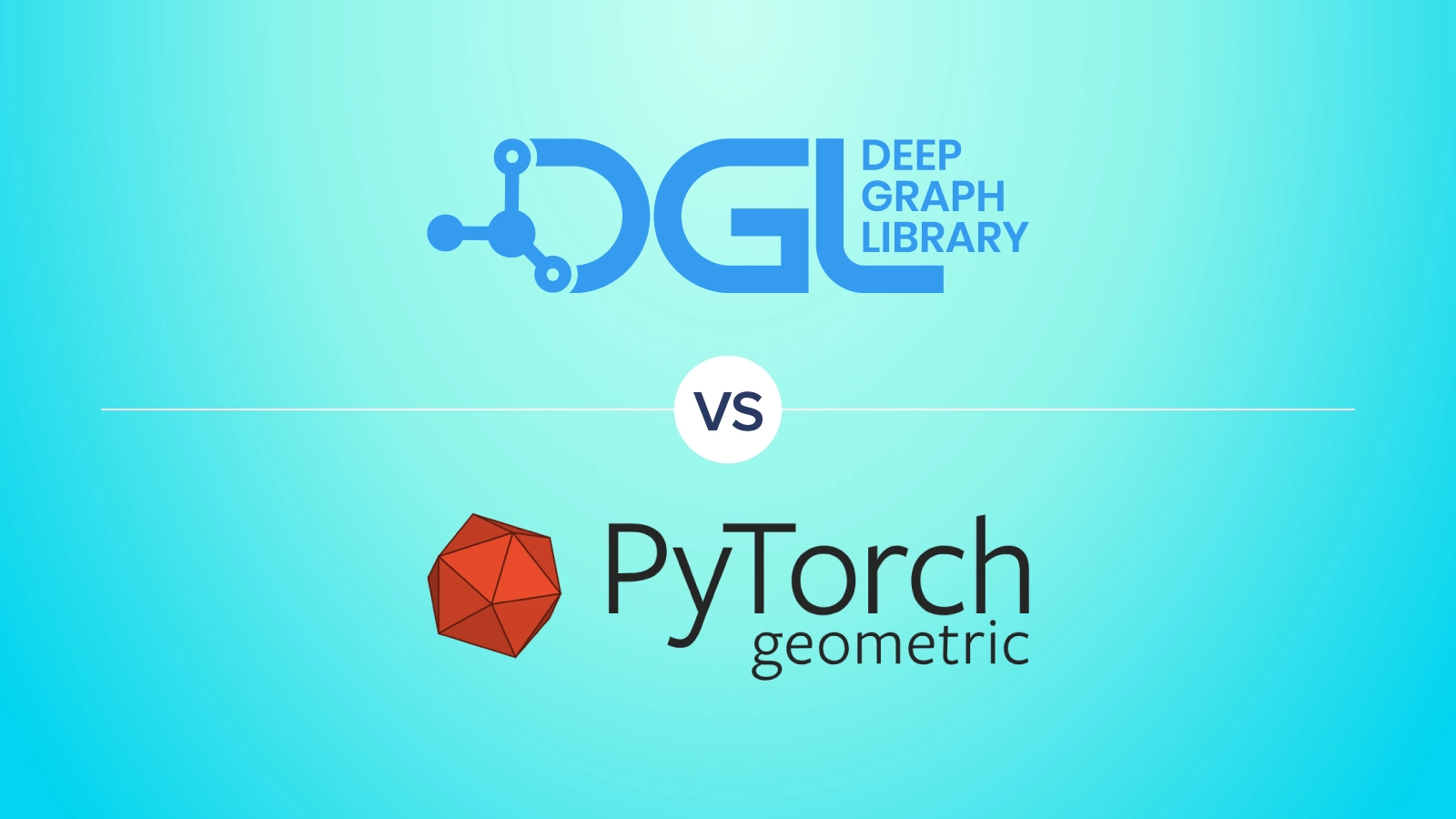Deep Graph Library
(2025-08-27T18:59.476Z)
Perplexity Query
(2025-08-27T18:59
.476Z)
Question:
Write a comprehensive one-page article about "Deep Graph Library".
Response from sonar-pro:
Deep Graph Library (DGL): Powering Scalable Graph Neural Networks
Deep Graph Library (DGL) is an open-source Python toolkit designed to simplify the implementation and deployment of graph neural networks (GNNs) using mainstream deep learning frameworks such as PyTorch, TensorFlow, and MXNet
[qxab9y]
[4dumxc]
. As graphs become an increasingly vital data structure for representing complex relationships in everything from social networks to molecular biology, DGL serves as a bridge, enabling researchers and engineers to harness the power of deep learning for graph-structured data efficiently
[qx8cs0]
.

Understanding DGL and Its Importance
At its core, DGL provides a high-level abstraction for building GNNs—models tailored to learn from graph data, where objects (nodes) are interconnected by relationships (edges)
[qxab9y]
[qx8cs0]
. Unlike traditional neural networks that process vectors or images, GNNs can model dependencies and propagate information across nodes, making them superior for tasks like link prediction, node classification, and graph classification
[5nq73n]
.
DGL is framework-agnostic: users can develop GNNs on top of their favorite deep learning engine. Its architecture enables the handling of both static and dynamic graphs, arbitrary message-passing schemes, and customizable propagation rules
[qx8cs0]
. This means DGL supports not only well-known GNN variants like Graph Convolutional Networks (GCN), Graph Attention Networks (GAT), and Relational Graph Convolutional Networks (R-GCN), but also enables bespoke models needed for unique scientific and industrial challenges
[5nq73n]
[3uoy1h]
.
Practical Examples and Use Cases
The flexibility and scalability of DGL have led to its adoption across a wide spectrum of fields:
- Social Network Analysis: Mapping communities or detecting influencers in online platforms using node classification and community detection.
- Knowledge Graphs: Enhancing search engines and intelligent assistants through relation prediction and entity linking in large ontologies.
- Drug Discovery and Bioinformatics: Predicting molecular properties and protein-protein interactions by modeling molecules and biological networks as graphs [5nq73n] .
- Recommendation Systems: Personalizing content and predicting user preferences by representing user-item interactions as heterogeneous graphs [5nq73n] .
For instance, building a chemical property predictor involves modeling molecules as graphs—atoms as nodes and bonds as edges—and letting a GNN trained via DGL learn underlying molecular features
[4dumxc]
. In large IT infrastructures, DGL helps map failure propagation across interconnected servers to enhance fault prediction.
The benefits of DGL lie in its:
- Ease of use for constructing and training GNNs rapidly.
- Scalability for working with massive graphs (hundreds of millions of nodes/edges).
However, challenges remain. Working with very large, heterogeneous graphs introduces significant memory and computation demands. Developing efficient training pipelines and managing the sparsity of real-world graphs require careful architectural considerations
[qx8cs0]
.
Benefits and Potential Applications
DGL’s power is most evident in areas where relationships and structure matter as much as node features:
- Cybersecurity: Graph-based intrusion detection.
- Healthcare: Patient network modeling.
- Financial Fraud Detection: Modeling transaction networks for anomaly discovery.
It also underpins academic benchmarks and practical solutions deployed by tech giants, biotech firms, and academic researchers worldwide
[5nq73n]
.

Current State and Trends
DGL has emerged as a leading library in the GNN ecosystem, alongside competitors like PyTorch Geometric (PyG)
[3uoy1h]
. Supported by large-scale cloud providers such as Amazon SageMaker, DGL is available in pre-built containers and seamlessly integrates with cloud-based machine learning workflows
[5nq73n]
. Its ongoing development is reflected in active version releases and contributions from the academic and open-source community
[qxab9y]
.
Recent updates focus on:
- Better support for heterogeneous graph types.
- Scatter-gather operations and improved sparse matrix kernels.
- Enhanced parallel and distributed training for handling industry-scale workloads.
Several technology leaders, including Amazon, Tencent, and leading research institutions, have adopted DGL for research, prototyping, and production solutions.
Future Outlook
The importance of structured data continues to rise in AI, ensuring that tools like DGL will grow in both capability and impact. Future versions are likely to offer even more efficient distributed training, interoperability with new deep learning frameworks, and out-of-the-box solutions for a broader set of graph learning problems. As graph data becomes ubiquitous—in web, IoT, biology, and beyond—DGL is poised to accelerate breakthroughs in knowledge discovery, AI-driven automation, and complex system modeling.

In summary, Deep Graph Library stands at the forefront of graph-based deep learning, driving innovation across science and industry. As interest in graph neural networks expands, DGL’s versatile foundation will help define the next generation of AI solutions.
Citations
[qxab9y] 2025, Feb 03. Deep Graph Library Tutorials and Documentation — DGL 2.5 .... Updated: 2025-02-03
[qx8cs0] 2025, Apr 07. [PDF] DEEP GRAPH LIBRARY: TOWARDS EFFICIENT AND SCALABLE .... Updated: 2025-04-07
[5nq73n] 2025, Jul 23. Deep Graph Networks - Amazon SageMaker AI - AWS Documentation. Updated: 2025-07-23
[3uoy1h] 2025, Aug 22. PyTorch Geometric vs Deep Graph Library | Exxact Blog. Published: 2023-07-06 | Updated: 2025-08-22
[4dumxc] 2025, Jul 24. Create Homogeneous Graphs using dgl (Deep Graph Library) library. Published: 2025-07-23 | Updated: 2025-07-24